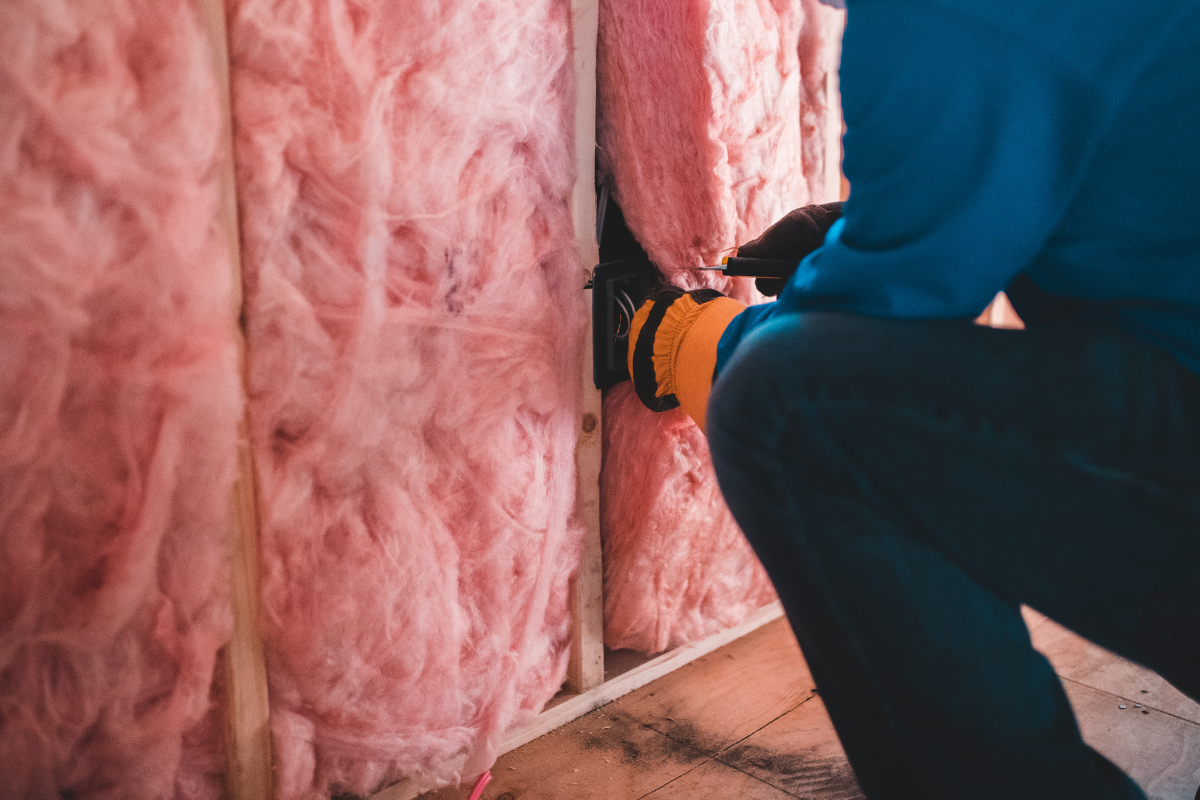Introduction
When summer temperatures rise, keeping your home cool becomes a priority. Most people rely on air conditioning, but did you know insulation plays a key role in maintaining indoor comfort? While insulation is often associated with winter warmth, it’s equally essential for blocking heat and improving energy efficiency in summer. If you're looking to enhance your home's temperature control, consider searching for Insulation Services near me to find professionals who can help optimize your space.
In this guide, we’ll explore how insulation reduces heat transfer, the best types for hot climates, and how upgrading your insulation can help you stay cool while lowering energy bills.
1. How Insulation Works to Keep Your Home Cool
Insulation works by slowing down heat transfer between the inside and outside of your home. During summer, the goal is to prevent heat from entering, keeping indoor temperatures cooler and reducing the strain on your air conditioning system.
Key Benefits of Insulation for Summer Cooling:
✅ Blocks external heat from entering your home
✅ Reduces energy consumption by lowering A/C usage
✅ Keeps indoor temperatures stable throughout the day
✅ Prevents hot spots and uneven cooling in different rooms
💡 Fact: According to the U.S. Department of Energy, proper insulation can reduce cooling costs by up to 30%!
2. Best Insulation Materials for Hot Climates
A. Spray Foam Insulation: The Best Air Sealer
Spray foam insulation is excellent for sealing air leaks and creating a thermal barrier against heat.
✔ Expands to fill small cracks and gaps
✔ Has a high R-value, reducing heat gain
✔ Prevents conditioned air from escaping
💡 Tip: Use closed-cell spray foam for better heat resistance and moisture control.
B. Reflective or Radiant Barrier Insulation: Ideal for Attics
Radiant barriers reflect heat away from your home, making them perfect for hot climates.
✔ Reduces attic temperatures by up to 30°F
✔ Lowers cooling costs by blocking radiant heat
✔ Lightweight and easy to install
💡 Best For: Homes with metal or asphalt roofs that absorb intense sunlight.
C. Fiberglass Batt Insulation: Cost-Effective & Efficient
Fiberglass is a common insulation material that provides decent thermal resistance at an affordable price.
✔ Works well in walls, attics, and crawl spaces
✔ Slows down heat transfer effectively
✔ Easy to install in existing homes
💡 Upgrade Tip: Use fiberglass with a foil backing to enhance heat reflection.
3. Key Areas to Insulate for Maximum Summer Cooling
A. Attic: The Biggest Source of Heat Gain
Since hot air rises, an uninsulated attic allows heat to enter your home, making your A/C work harder. Adding insulation to your attic can significantly reduce indoor temperatures.
B. Walls: Preventing External Heat Transfer
Uninsulated walls let outside heat seep in. Insulating exterior walls helps maintain a cooler indoor climate.
C. Floors & Crawl Spaces: Stopping Heat from Below
Crawl spaces and floors can trap and release heat inside your home. Adding insulation prevents hot air from rising into your living areas.
4. Additional Tips to Keep Your Home Cool
✔ Use blackout curtains to block sunlight
✔ Seal air leaks around doors and windows
✔ Install ceiling fans to improve air circulation
✔ Consider a cool roof to reflect heat away
Conclusion
Insulation isn’t just for winter—it plays a vital role in keeping your home cool and energy-efficient in summer. By insulating attics, walls, and crawl spaces, you can reduce heat gain, lower cooling costs, and enhance indoor comfort. If you’re looking to stay cool this summer while saving money, investing in proper insulation is the smartest move! To learn more about various insulation options, check out our previous post: A Complete Guide to Different Types of Home Insulation.





Comments